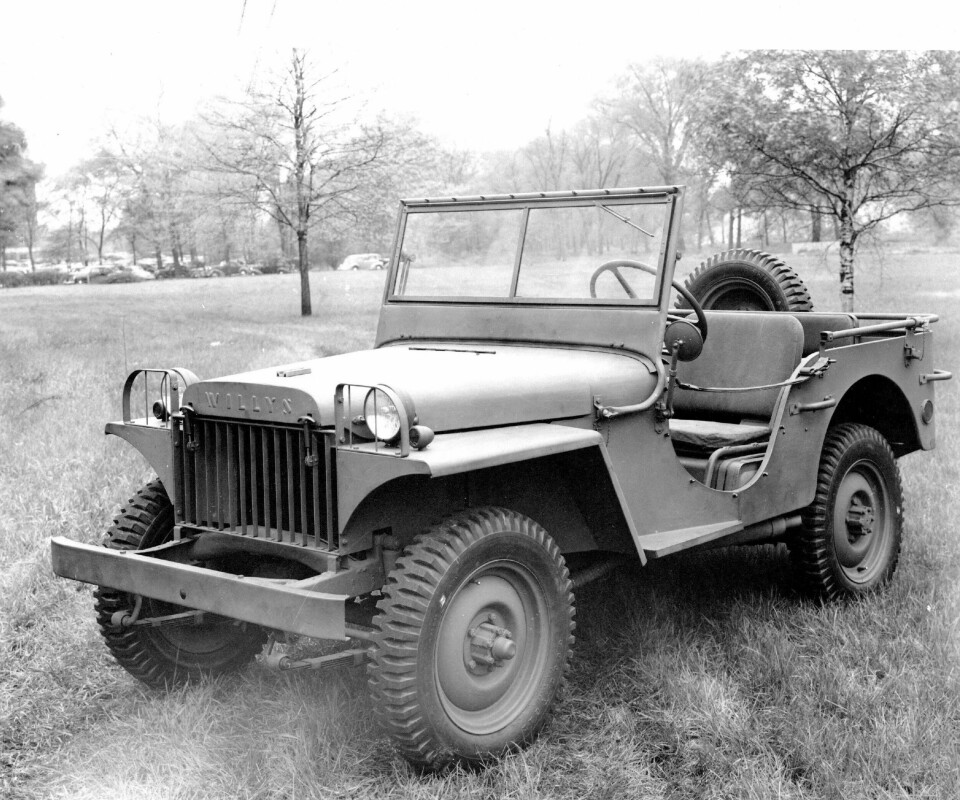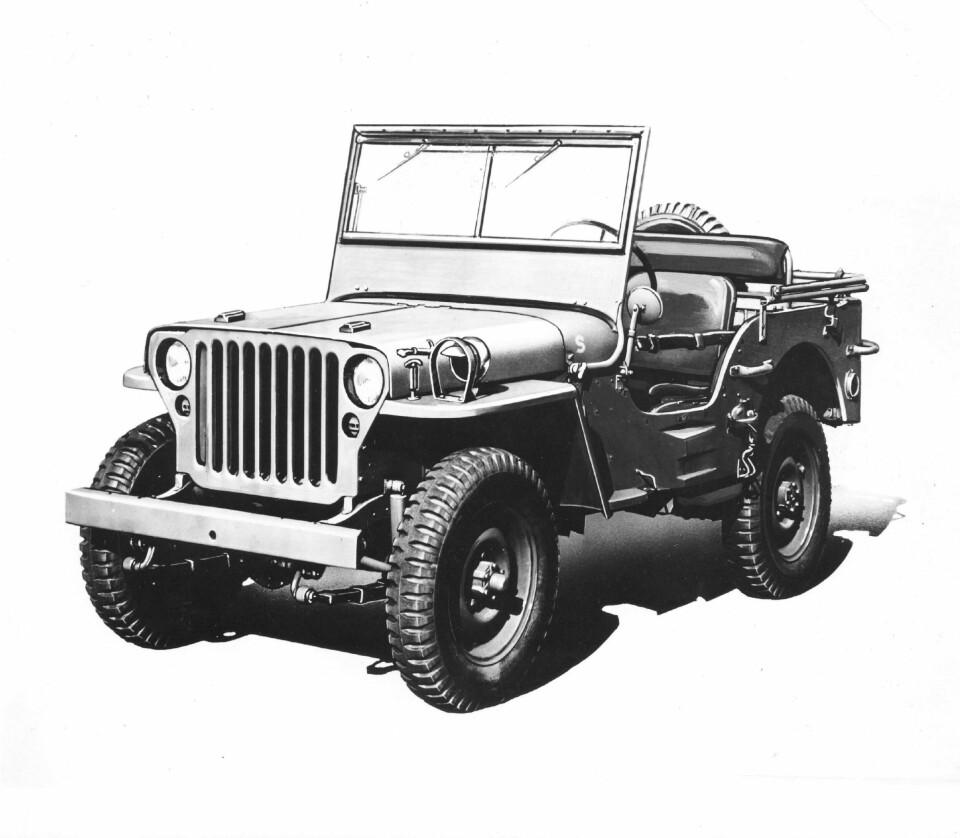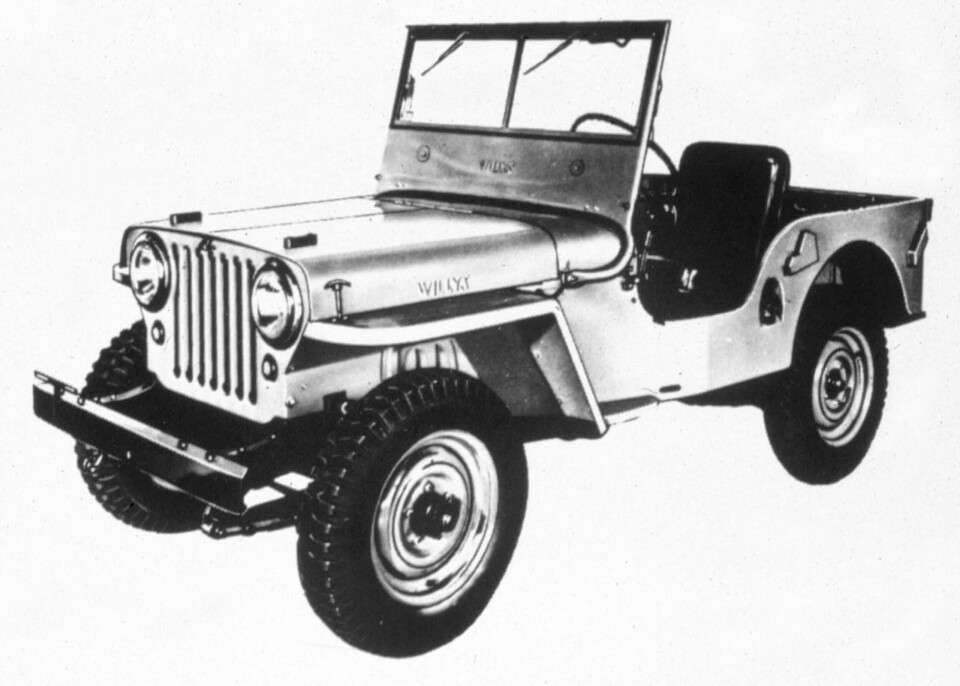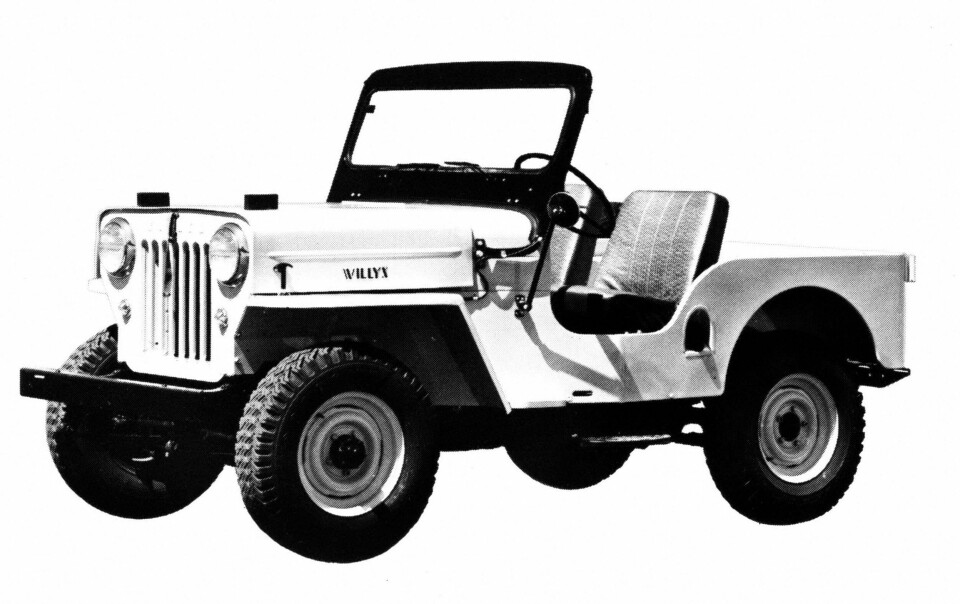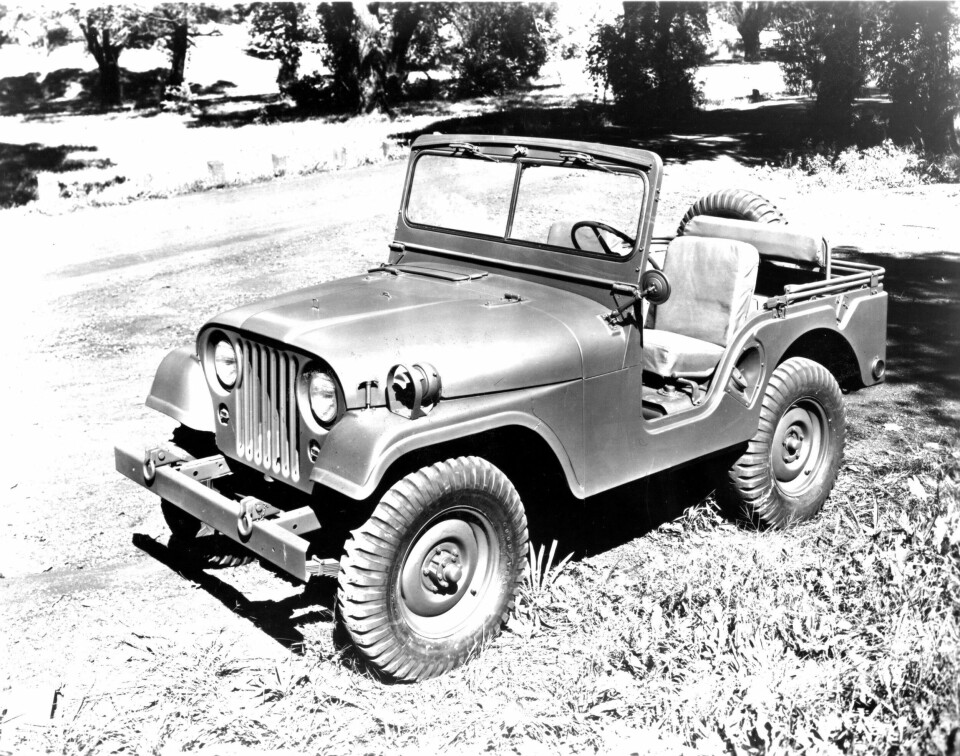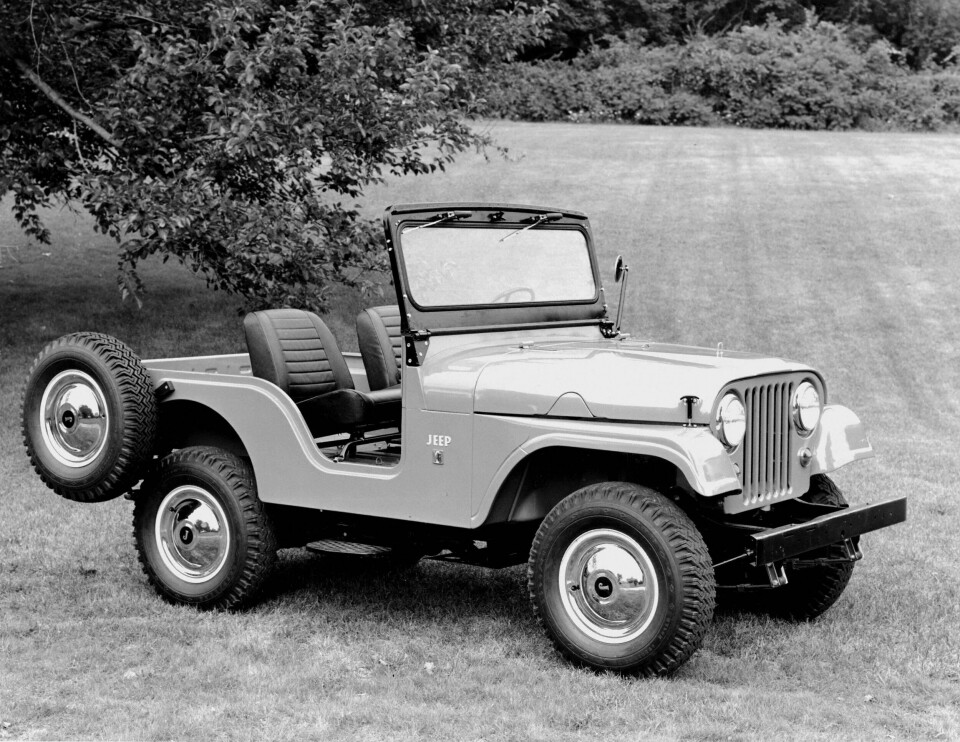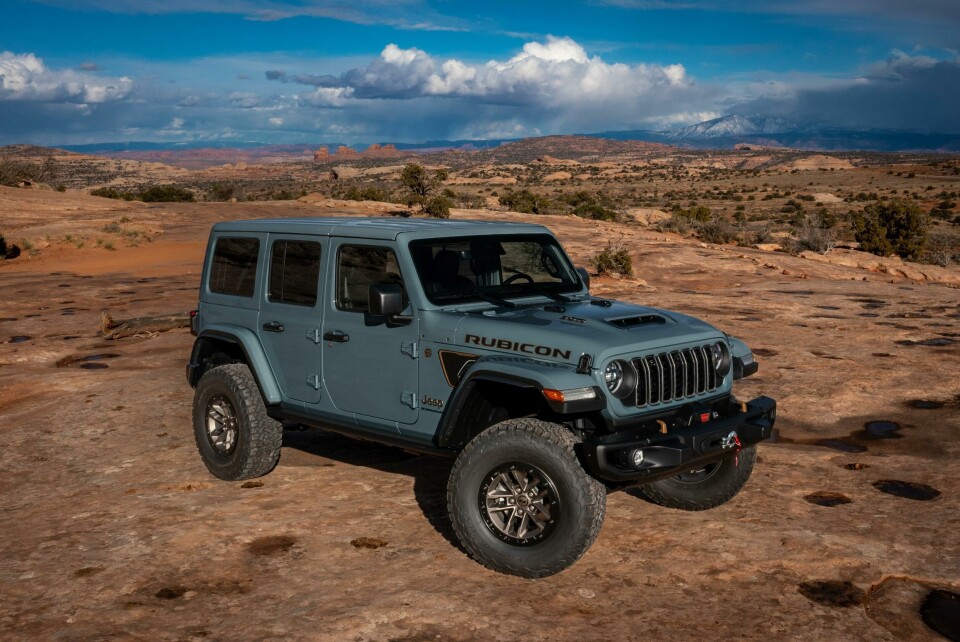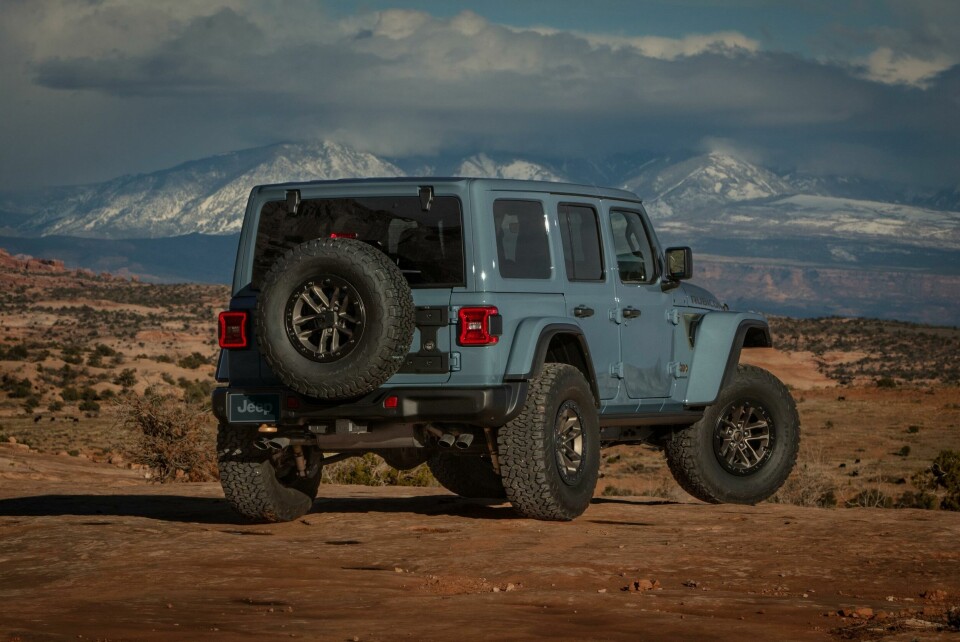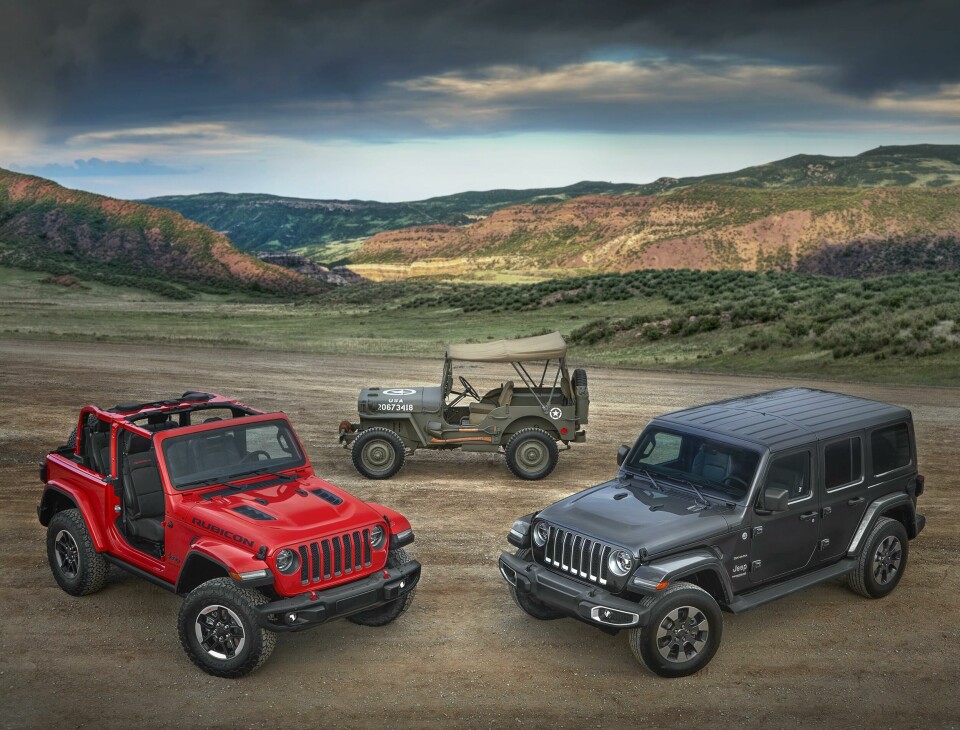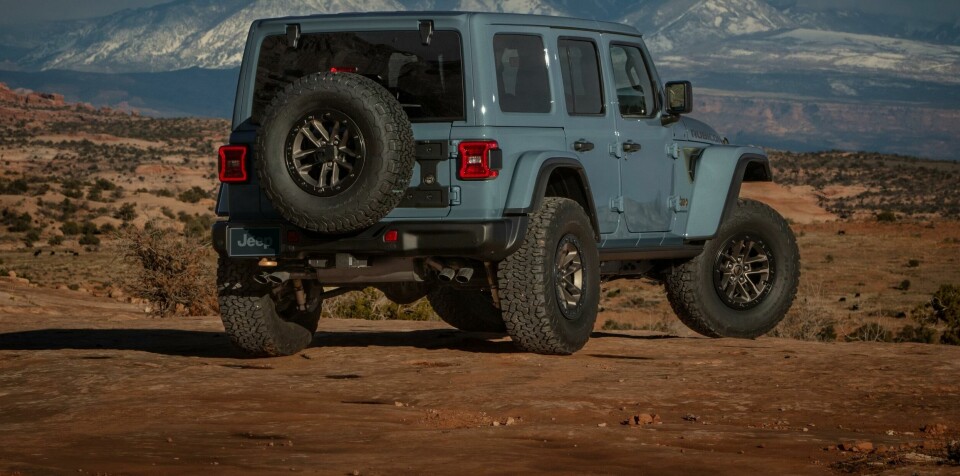
A storied bloodline: the Jeep Wrangler and its design legacy
Jeep design lead Vince Galante looks back on the history of the Wrangler and how the brand has continued to update it for the modern era
Trace the lineage of any long standing vehicle back to its roots, and a myriad of changes will render the latest model practically unrecognisable. Over the years, trends such as vehicle lightweighting and engine downsizing have necessitated significant design developments, and now digitalisation and electrification are currently doing the same. The Jeep Wrangler, however, is an exception to the rule.

From its inception as a military vehicle in 1941 for the US army to the fifth-generation model that is still rolling off production lines today, the Jeep Wrangler has evolved but clearly retains many of its original design concepts. Car Design News sat down with vice president of Jeep design, Vince Galante, to talk about the creation of the Wrangler, the impact of its history on the wider design industry, and what the future holds for the model.
CDN: What is your relationship with the Wrangler as a designer? Have you worked on many iterations of the model?
Vince Galante: The Jeep Wrangler is an icon and to be a part of its design history is humbling. I have been at the company for almost 20 years, during which time I’ve spent so much time and had so many great experiences in the Jeep design studios. I have worked on the JK (2007) and JL (2017) models as they were in the early phases of development, along with special edition models. I have also contributed to some of the vehicle’s easter eggs.
CDN: How can you keep continually pushing the design of the Wrangler forward while maintaining loyal to its heritage?
VG: The Jeep Wrangler has always been fun to drive, can go anywhere, and carries an instantly recognisable silhouette that has stood the test of time. The original 1941 Willys Jeep will always be at the forefront of every Jeep vehicle we design in our studio, and the team also understands the importance of protecting the model’s design legacy while we move the brand towards the future.
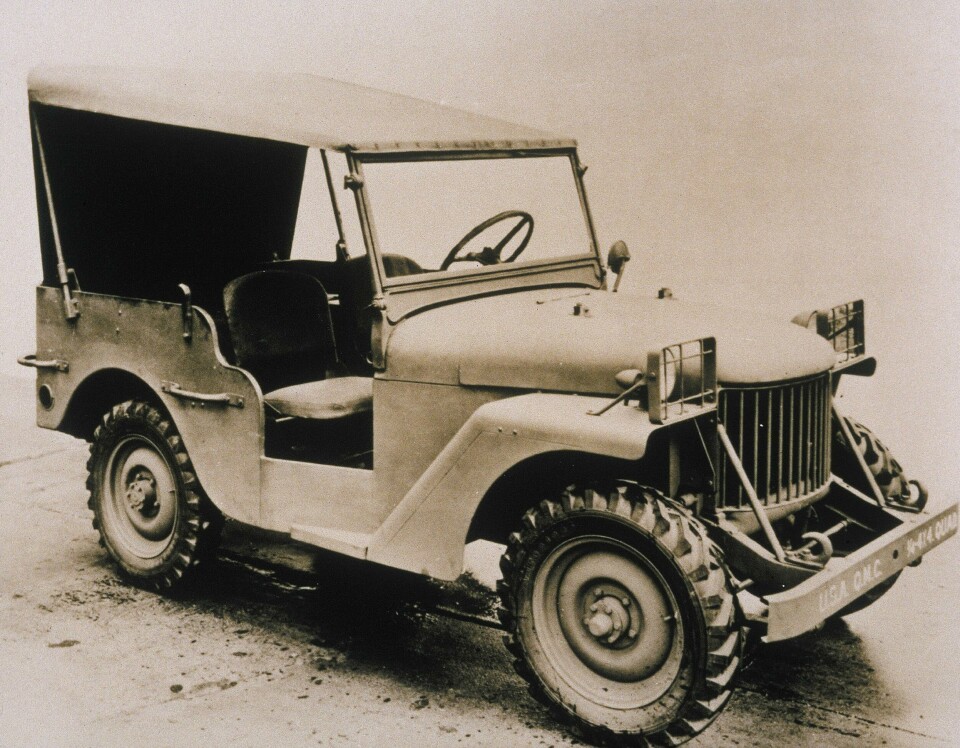
CDN: How important was the first generation? What was its impact on the wider global design community, and how did it encapsulate a specific time and place?
VG: The Wrangler has clearly had a huge impact on the global automotive design community as many have tried to reproduce it. But there will only ever be one. The model’s design hallmarks of simplicity, modularity, capability, open-air freedom, and, most of all, fun, resonates not only within the design team but also our Jeep community.
Our SUVs have made a huge impact within the Jeep community because the owners are able to express themselves through their vehicle with colour, or the ability to customise through our aftermarket products and accessories. Plus there is the joy of finding those hidden easter eggs that we created and thoughtfully placed with our customers in mind.
Evolving this product is never just a styling exercise
CDN: Are there any particular design elements from previous generations or variants that stand out to you?
VG: Two generations stand out to me, the original 1941 Jeep Wrangler and our current (JL) model. If you look at both, you can see they encompass a pure design aesthetic, and you can’t tell that it wasn’t styled but was the result of clever problem solving. I love our four-door model, it’s one of the most fun vehicles I’ve ever driven. It provides all the magic of a classic Jeep Wrangler while giving me the ability to comfortably bring my family along for the ride.
CDN: What do you think is the most unique design feature of the current model?
VG: My favorite feature of the current Wrangler is the construction of the front end with its tapered hood and exaggerated front fenders. There is uniqueness in the shape and the way they protrude forward of the grill.
CDN: At what point during the design of a Wrangler does the word ‘functionality’ come into play?
VG: Function comes first. It’s the starting point for every Jeep vehicle we do. In school, I was taught key design principles like lower, longer, wider, big wheels, thin tires. Interestingly, that philosophy does not work for Jeep design.
Heritage is so important… I love that the Wrangler has slowly evolved over time
We have spent lots of time out on the rocks and trails where Jeep vehicles live. Functional details, like exposed hinges and large wheel arches, are important signature design elements. Then there is the ground clearance and body geometry to traverse difficult terrain, and good visibility with a low belt line.
CDN: What is the importance of consumer requirements when it comes to the Wrangler? Do customer needs impact the way in which the Wrangler is designed?
VG: Our Jeep owners are our most loyal enthusiast and our biggest critics as they pay attention to every detail. Each year we go to the Easter Jeep Safari in Moab, Utah and it gives us a chance to connect with the community and get their feedback, experience how they use their Jeep vehicles in their most demanding environment, while also having fun experimenting with concepts. When we’re with our owners we are listening and observing, and we take those learnings back to the studio. Some ideas stick, some don’t; evolving this product is never just a styling exercise.
CDN: Can you see your design team moving away from the heritage of the model and going for something completely new in the future?
VG: Heritage is so important, and I love that the design of the Wrangler has slowly but surely evolved over time. It places the Wrangler with some very special company, like the Porsche 911 – perhaps the only other vehicle with such a storied design history. As for evolution, it’s all about respecting the past but continuing to problem solve. How can we make it more capable, easier to use and more functional? We will also continue to learn from the enthusiasts who use the Wrangler as their daily vehicle, and as a tool to accomplish what they want to do off-road and on the trails.
CDN: Will we see more technology, like digitised smart cabins and AI, creep into future Wrangler generations?
VG: Every time we start on a new Wrangler project we joke that we’ve had our theme selection since 1941. We will, of course, evolve. However, it is vitally important that our baseline continues to be the original concepts of simplicity, modularity, capability, open-air and fun. If new technology offers us the ability to enhance the emotional experience and bring it to our community, we will be sure to include it.
